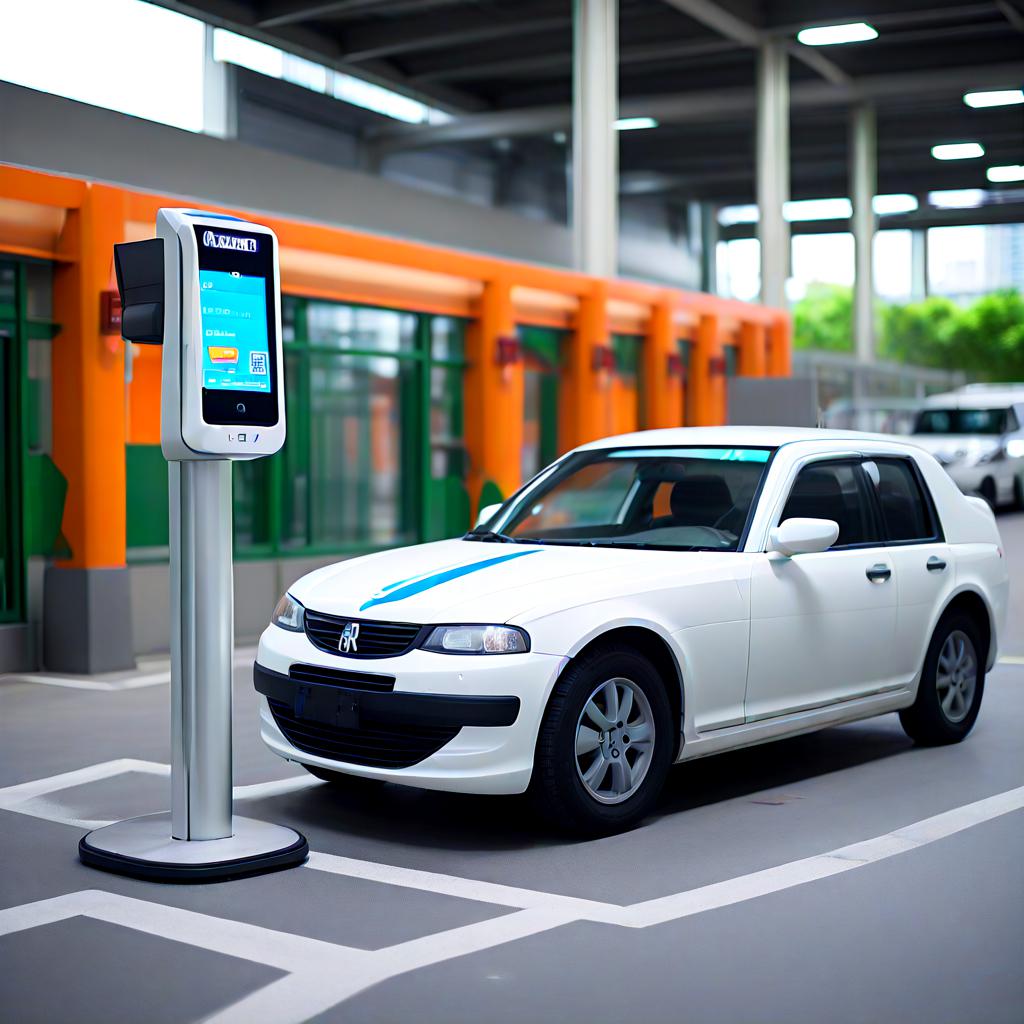Product Features

Dual-Frequency Communication
2.4GHz Band: Supports long range communication (typically tens to hundreds of meters), suitable for real-time positioning and data transmission.
13.56MHz Band: Supports short-range contactless read/write (typically a few centimeters), compatible with ISO/IEC 14443 or ISO/IEC 15693 standards, suitable for access control and payment scenarios.
Stable communication with strong anti-interference capabilities, making it suitable for complex environments.

Multi-Function Integration
The 2.4G active RFID(radio frequency identification) card supports both long range and short range communication, meeting diverse application needs.
Integrates multiple functions such as identity recognition, payment, positioning, and data storage.

Low Power Consumption Design
The 2.4G active RFID(radio frequency identification) module is designed for low power consumption, suitable for long-term use.
The 13.56MHz module does not require a power source and is powered by the reader's induction.

Multi-card Recognition
Supports the simultaneous identification of multiple cards, suitable for large-scale deployment.
Efficient anti-collision mechanism ensures that multiple cards do not interfere with each other when working simultaneously.
Capable of identifying high-speed moving objects at speeds up to 200 km/h.

High Security
Supports encrypted communication to prevent data theft or tampering.
Suitable for high-security applications such as access control systems and payment systems.

Compact and Lightweight
Small in size and light in weight, making it easy to carry or install.
Suitable for attachment to personnel or objects.

Wide Range of Applications
Intelligent Access Control and Attendance
Long range identification: Realize long range automatic identification via 2.4GHz for vehicle entry and exit management.
Short-range card-swiping: Realize access control and attendance via 13.56MHz.
Payment and Consumption
Supports short-range contactless payment (e.g., canteen consumption, public transportation payment).
Combines 2.4GHz for long range payment (e.g., automatic toll collection in parking lots).
Personnel and Asset Management
Real-time positioning: Achieve real-time positioning of personnel or assets via 2.4GHz.
Data read/write: Achieve short-range read/write of asset information via 13.56MHz.
Smart Transportation
Supports long range vehicle identification and short range payment functions.
Suitable for highway ETC and parking lot management.
Smart Campus
Student card integrates long range positioning (e.g., campus safety monitoring) and short range payment (e.g., canteen consumption).
Logistics and Warehousing
Achieve real-time tracking and management of goods via 2.4G active rfid cards in logistics and warehousing.
Multi-Scenario Applications
Supports multiple applications such as small payments and access control, enabling multi-purpose use of a single card.
Specitications
Category | Item | Specification |
Basic Specifications | Operating Frequency Band | 2.4G Band: 2.4GHz - 2.48GHz |
IC Card Band: 13.56MHz | ||
13.56MHz | Compliant with international standard M1 S50 chip | |
13.56MHz Read/Write Distance | 2.5 - 10 cm | |
13.56MHz Communication Rate | 106 Kbit/s | |
2.4G Sensing Method | Active transmission mode | |
2.4G Recognition Speed | Capable of identifying high-speed moving objects at speeds below 400 km/h | |
Reception Sensitivity | -80 dBm ~ -90 dBm | |
Data Retention Period | Over 10 years | |
ID Number | 64 bit | |
Service Life | ≥ 3 years | |
Reliability | Operating Humidity | 93±3% (non-condensing) |
Operating Temperature | -40℃ ~ +80℃ | |
Protection Rating | IP67 | |
Electromagnetic Interference Resistance | 10V/m, 0.1 - 1000MHz AM modulated electromagnetic waves | |
Appearance | Dimensions | 85 (L) x 54 (W) x 6.4 (H) mm *Actual dimensions and weight may vary depending on configuration, manufacturing process, and measurement methods. |
Material | ABS | |
Color | White | |
Weight | 20g |
1. Automatic upgrade: If the battery level is greater than 30%, do not touch the screen when restarting. There will be two words "upgrade" next to the signal in the upper left corner, and then wait for about five minutes for automatic upgrade. 2. Manual upgrade: If the battery level is greater than 30%, click on remote upgrade in the settings, do not touch the screen, and it will automatically upgrade. Do not click upgrade within 5 minutes of booting up, as the backend will automatically query the version at this time.
If the device is not online, you can check it one by one as follows. 1. Try restarting the device first. If it still doesn't work after restarting, follow the steps below to troubleshoot. 2. Is the IMEI entered into the platform consistent with the actual IMEI of the device. (It is recommended to check the device IMEI in the device menu) 3. Check if the SIM card inserted into the device is in arrears, if it is shut down, and if a second real name authentication is required. 4. Whether the device displays a 4G signal and the data icon is normal (the icon with a diagonal bar represents abnormality) without any outstanding fees or shutdown 5. If the signal is not displayed, unplug and reinsert the SIM card, restart the device and check again. If the 4G signal still doesn't work despite normal display, find another SIM card, insert the device and restart to see if it works properly. If it works, it's a problem with the SIM card.
During the device entering power-saving mode, it cannot automatically update its positioning, and functional instructions cannot be executed in a timely manner. It needs to be set to normal mode before it can work normally according to instructions. Please make backups yourself!
If the device is located indoors or in an underground parking lot, it may result in the inability to search for GPS satellite signals, which are either WIFI signals or base station signals, leading to significant errors, which is a normal phenomenon. After the device moves outdoors or leaves an area with poor signal, it will automatically calibrate its position. As long as it is outdoors or in an open area, the error will not be significant.
The front of the device faces outward because there is a ceramic antenna on the front that receives signals. If the front is obstructed by metal, it will affect the normal use of the device.